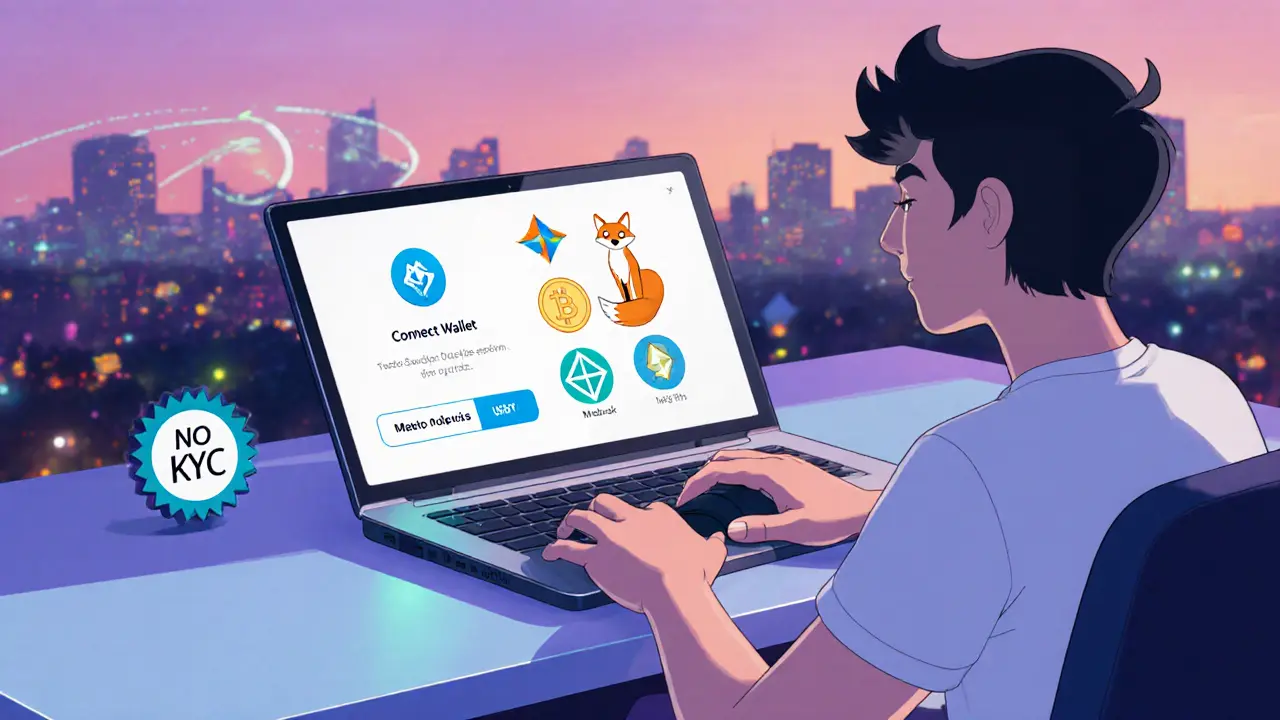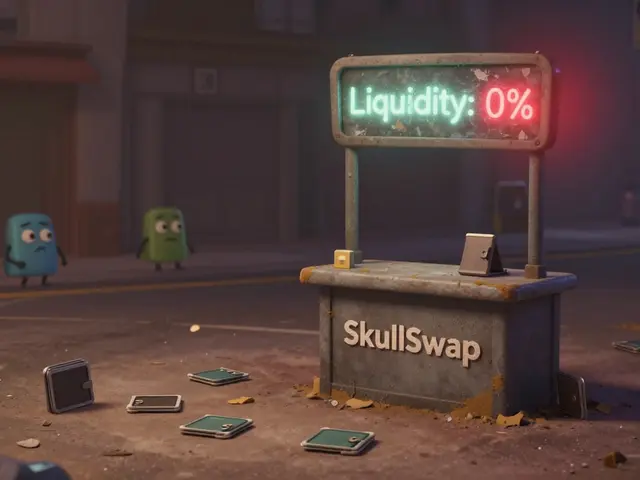A detailed 2025 review of CriptoSwaps covering how it works, fees, security, pros and cons, and a step‑by‑step guide for new users.
Crypto Swap Fees: What They Are, Why They Matter, and How to Avoid Paying Too Much
When you swap one cryptocurrency for another, you’re not just changing coins—you’re paying a crypto swap fee, a charge applied by decentralized exchanges and protocols to process token exchanges. Also known as DEX fees, these costs show up as a percentage of your trade or a flat gas charge, and they can make or break your returns. Unlike centralized exchanges that hide fees in spreads, DEXs make them visible, but that doesn’t mean they’re easy to understand.
These fees come from two places: the decentralized exchange, a peer-to-peer platform that lets users trade crypto without intermediaries itself, and the underlying blockchain network, the public ledger that records and validates every transaction. On Ethereum, for example, swap fees spike when the network is busy because miners prioritize higher gas prices. On Solana or Polygon, fees stay low because those chains are designed for speed and low cost. That’s why some traders avoid Ethereum-based swaps during peak hours—and why others switch to Layer 2 solutions or alternative chains just to save a few dollars.
It’s not just about the percentage. Some platforms charge a flat 0.3% per trade, while others add slippage fees, liquidity provider charges, or even hidden fees buried in the fine print. You might think you’re getting a great rate on your swap, but if the network is congested or the token has low liquidity, your actual cost could be double what you expected. That’s why checking real-time fee estimates before clicking confirm matters more than chasing the highest APY.
And it’s not just traders who care. If you’re staking, farming, or claiming airdrops, every swap you make adds up. A single $500 swap on a high-fee chain might cost you $15 in gas. Do that five times a week, and you’re paying $300 a month just to move money around. That’s more than most people pay for a streaming service. The smart move? Know which chains are cheapest for your use case, use aggregators that compare fees across platforms, and avoid swapping small amounts unless you absolutely have to.
What you’ll find below are real, up-to-date guides on exchanges, tokens, and airdrops—all tied to the hidden costs of swapping. From reviews of Hpdex and FOBLGATE to deep dives on tokenomics and DEX safety, these posts show you how fees impact your actual returns. You’ll see how some airdrops require multiple swaps just to qualify, and how low-fee chains like Binance Smart Chain or Polygon became the go-to for budget-conscious traders. No fluff. No theory. Just what you need to know before you hit that swap button.





